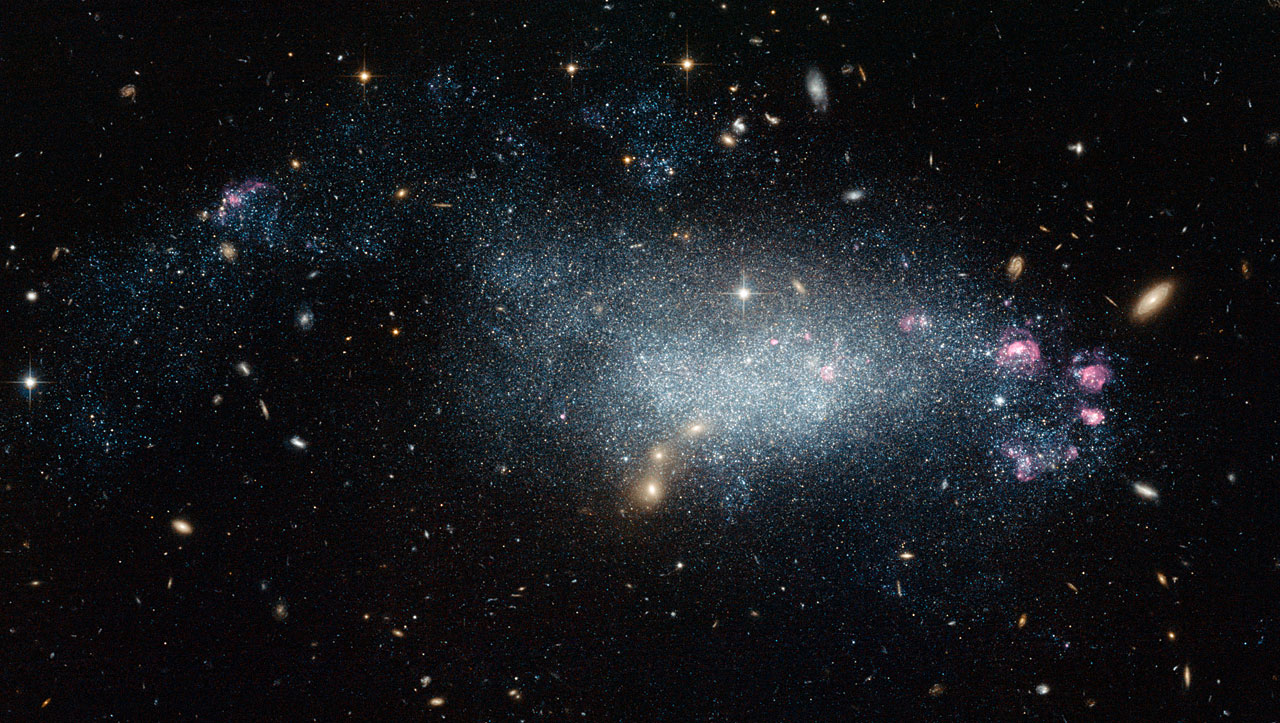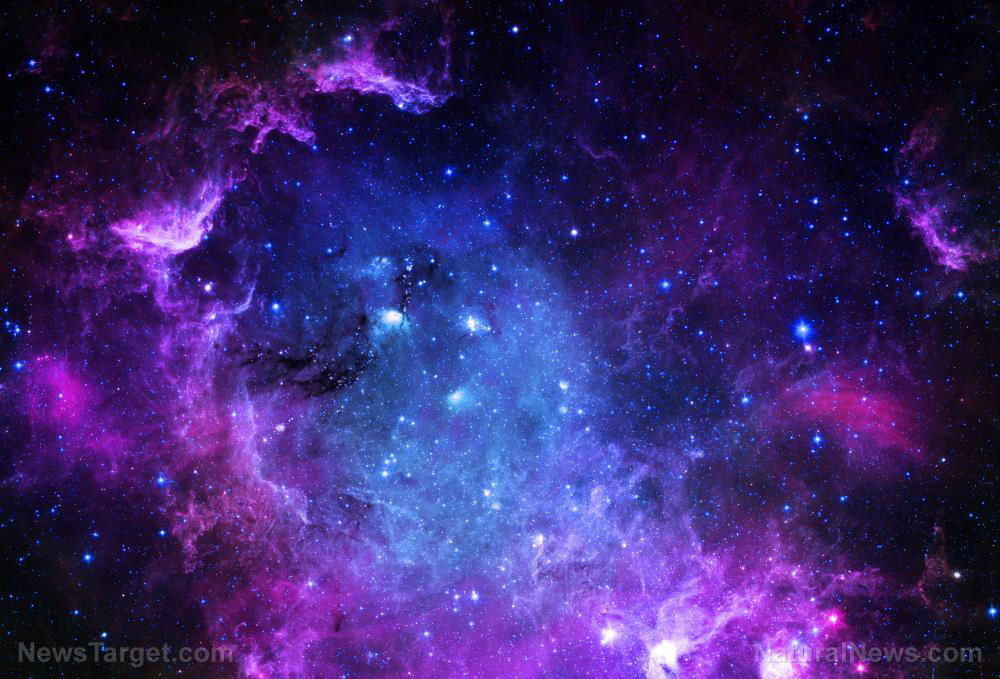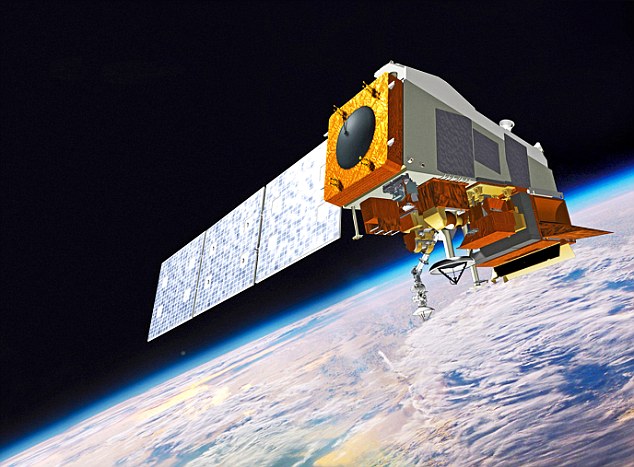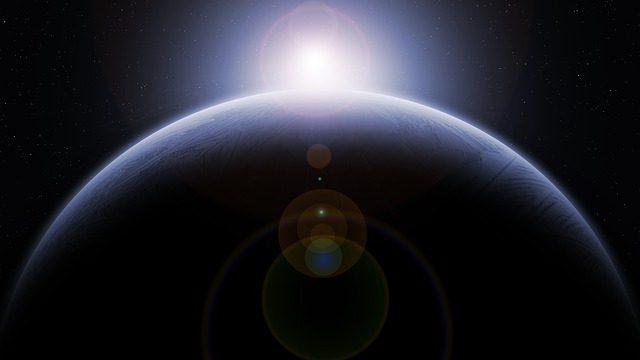Astronomers capture rare “spaghettification” of star as it gets eaten and torn to shreds by a supermassive black hole
10/21/2020 / By Virgilio Marin

An international team of astronomers has recorded a star’s death as it got devoured by a supermassive black hole 215 million light-years away from Earth.
The star, which was estimated to be the size of the sun, was deformed into an elongated flare of light as it gradually got sucked into the event horizon, the boundary marking the limits of a black hole where nothing – not even light – could escape.
The phenomenon, called a tidal disruption event, “spaghettified” what was once a giant ball of light into an apparent spaghetti noodle.
“The idea of a black hole ‘sucking in’ a nearby star sounds like science fiction. But this is exactly what happens in a tidal disruption event,” said co-author and astronomer Matt Nicholl of the University of Birmingham in the U.K.
The researchers detailed their observations in the journal Monthly Notices of the Royal Astronomical Society.
Rare glimpse into star’s death
The observations offered a rare glimpse into a tidal disruption event. This phenomenon is hard to study because the very process of destroying a star creates a curtain of dust and debris that obscures the black hole from view.
“When a black hole devours a star, it can launch a powerful blast of material outwards that obstructs our view,” said co-author Samantha Oates of the University of Birmingham. This occurs, Oates continued, because a black hole emits tremendous amounts of energy as it absorbs stellar material, propelling the star’s debris outward.
But the researchers spotted the flare, formally called “AT2019qiz,” early enough to witness the entire process and take an unprecedented “peek behind the curtain,” according to co-author Kate Alexander of Northwestern University.
Over the course of six months, the flare grew brighter as the star was slowly sucked into the black hole by extreme gravitational pull before fading away. A curtain of dust and debris was drawn up from both poles of the black hole as it unleashed a powerful outflow of material. The outflow, Alexander said, reached velocities of more than 22,369,000 miles per hour.
The researchers estimated that the star had roughly the same mass as the sun. According to Nicholl, half of that mass was lost to the black hole, which was over a million times more massive than the star. (Related: Astronomers have, for the first time, detected matter falling into a black hole at 30% of the speed of light.)
The event, which was the closest to Earth ever seen, was observed using various observatories, including the Very Large and the New Technology Telescopes in Chile, as well as the Las Cumbres Observatory global telescope network in California.
First directly imaged black hole is monstrously big
Though scientists have known about black holes for some time, they couldn’t directly image them until last year.
Using the Event Horizon Telescopes (EHT), a global network of synchronized radio observatories, a group of astronomers photographed a supermassive black hole at the center of Messier 87, a galaxy 55 million light-years away in the constellation Virgo.
The black hole was estimated to be 23.5 billion miles wide and 6.5 billion times more massive than the sun. It was, according to astrophysicist Sera Markoff of the University of Amsterdam, who was part of the EHT team, “a monster even by supermassive black hole standards.”
Its behemoth size more than made up for its distance. It’s easier to observe from Earth than the black hole at the center of the Milky Way galaxy, which was a thousand times less massive than the Messier 87 black hole. The latter was bigger; the gases swirling around it moved and varied in brightness less slowly. This meant that it’s more prone to sit still and “cooperate.”
But directly imaging the Milky Way black hole remains a goal for many astronomers. After all, it’s the black hole closest to Earth. The opportunity might come soon as more observatories, including the Greenland Telescope, were announced to join the EHT array.
Cosmic.news has more on mind-blowing cosmic science.
Sources include:
Tagged Under: astronomy, black hole, black holes, cool science, cosmic, direct imaging, event horizon, Milky Way galaxy, outer space, research, Space, space telescope, spaghettification, star death, Stars, tidal disruption event, weird science
RECENT NEWS & ARTICLES
COPYRIGHT © 2017 SPACE.COM
All content posted on this site is protected under Free Speech. Space.com is not responsible for content written by contributing authors. The information on this site is provided for educational and entertainment purposes only. It is not intended as a substitute for professional advice of any kind. Space.com assumes no responsibility for the use or misuse of this material. All trademarks, registered trademarks and service marks mentioned on this site are the property of their respective owners.




















